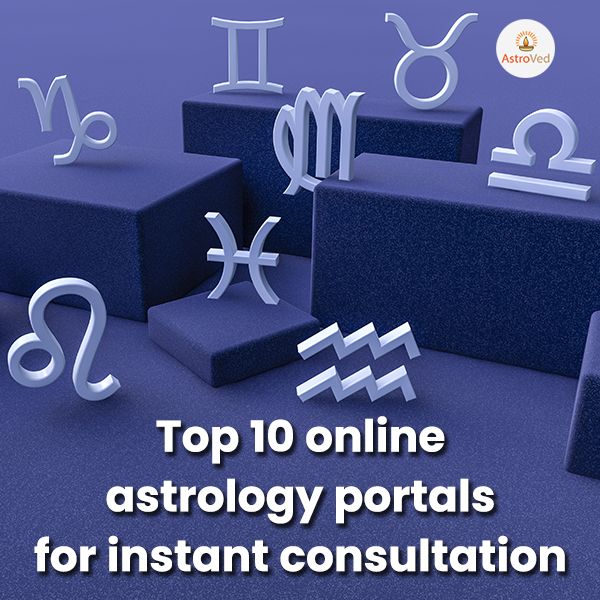

Localization: The future of modern translation is finally here
Technological innovation doesn't seem to end. What’s the next big thing?
Monday June 12, 2017,
6 min Read
In any given industry there are always new technologies and innovations waiting to be discovered right around the corner. However, one field where we stand to see even more innovation is the translation industry.
“The world has become one big village. Every day thousands of businesses are transacting across borders, yet communication barriers continue to prove problematic. That's why we need translation services today,” says Sean Hopwood, CEO of translation services provider Day Translations.
Translation services are critical to the global economy, and the industry is on the rise as more and more small businesses globalize. So what's next for the translation world? Here are a few cutting edge things happening, or about to happen, in the world of international languages.
The biggest thing happening now in translation is localization. Finally, these crucial services are becoming more widely available. The rise of this important technique in the communications industry is having a huge impact on daily life, in ways you might not even see.
Right now, whether you’re doing website localization or app localization you’re capable of handling tons of activities. From manually coding translation strings, to moving back and forth between online developers, to managing your translations, the tasks are endless.
Localization makes handling translators more efficient. It opens a window that allows users to check and double check their translation accuracy. At the end of the process they can even repeat the steps for multiple languages without breaking a sweat.
While the conventional localization processes of the past were bemoaned for their drudgery, and intensity of labor, today’s localization intelligence has become fast and efficient with the latest software, automation, analytics, and tools for data-sharing and leveraging.
So what makes this new process more powerful? Experts argue that by tweaking a more intelligent approach to the new localization process, the pain has been uplifted from this originally rather bulky process.
According to Day Translations experts, there are factors that have to be considered before tailoring such an intelligence-driven process.
First, as a core modern translation process, the procedure is fully automated. The system can preserve translation snippets, allowing you to apply these tips across multiple translation processes even while you move on.
Additionally, the process is very repeatable. This means shorter translations cycles, larger projects, and huge numbers of translation activities can be done in shorter periods with fewer potential errors. You can even add new languages without having to start from scratch.
It's also arguable that the localization process adds the very best linguistic technology. This is basically a plus for modern use. We are about to witness a change that boosts the modern accuracy to about 95 percent. This process works with intelligent contextual translation engines that provide over 10X accuracy.
In comparison, there will be no more guesswork and every translated work will feel more natural and highly authentic.
Again this process is authentic. Hopwood from Day Translations says, “With the localization process, the odds are, many of the specific translations you’re working on have already been completed, and stored in a database. You can get common translations for free and this saves time.”
Saving time, it that follows is that you will save money, energy, and any other resources that would have come in handy had the process began afresh.
Like the human translation services, the localization process is a team effort that sieves off any form of distortions. The reason is, this process is a real-time process that sees both projects moving on simultaneously. Users can therefore eliminate redundancies and collaborate to produce translation strings in real-time.
However, the most complex part of the localization system is the most intriguing and ideally the most beneficial of all. Localization processes use metric feeds to gather their intel.
Experts say if you are using metrics to track your translation projects, you will get the best translation efficiency. They argue that localization process allows you to monitor how close your web or mobile app is to full translation and what other bottlenecks you might incur in the process.
That’s not all. Here is the fun part. You can speed up your pace of completing translations and monitor even how each individual translator is ranked by their previous performance. This is really incredible especially for new projects and starters.
By the final look of things, as it stands, translation doesn’t have to be a big thing after all. If every government and corporation that works across borders would embrace both conventional and modern translation technologies, we would be on our way into the future.
Is Human Translations Still Viable?
Irrespective of localization, the truth is many firms have yet to tap into this complex process. By that alone, greater numbers of businesses are still relying on human translators to do their job for them. That’s why human translators are still viable.
• Human translators have a vast understanding. They could easily substitute more complex words for simpler ones. This boosts understanding and provides ideal clarity that anyone who doesn’t understand a new language needs to effectively communicate.
• Human translators are also more intimate. They have one-on-one contact with the person they are translating for. They treat the conversation with the seriousness it deserves, and can easily read the non verbal cues, tones, and mood, generally relating better to the situation at hand.
• Apart from that, human translators are timely. If you have to try and connect with software that a translator will comprehend, you might have a time delay. That’s not the case with human translators, who will instantly translate it for the benefit of all.
• Human translators also correct their errors. There is always a chance to get back and ask more about what the other party said. For software, however, once the conversation is gone, the whole idea is done with and there is no recap.
• Human translators not only translate word for word, but they also comprehend and create the ideal sentences that their party can easily understand. This makes human translators more convenient than any other form of translation device.
• Finally, human translators are also conversant with latest words, vocabularies, and the most common phrases used in their language. This improves effectiveness and ensures that you get only the very best results.
Apart from the benefits highlighted here, research has found that human translators are useful in a vast array of fields. They can be used in various industries as they are more flexible and very conversant. Some of the industries that human translators can be used in include the following:
• Press/ Media
• Content creation
• Website designs
• Immigration
• Transcription
Conclusion
From bilateral trades, tourism, international deals, and peace keeping missions, to the outsourcing of expertise, the areas through which translation can help the globe today are incredible. There isn’t a shred of doubt as to how much the translation industry has been a game changer in creating formidable allies between growing economies, as well as the more established economies of the G8 community.
Day Translations experts stress that “through endless international forums, treaties and pacts, to the building of perfect international relations, translations plays an integral part.”




